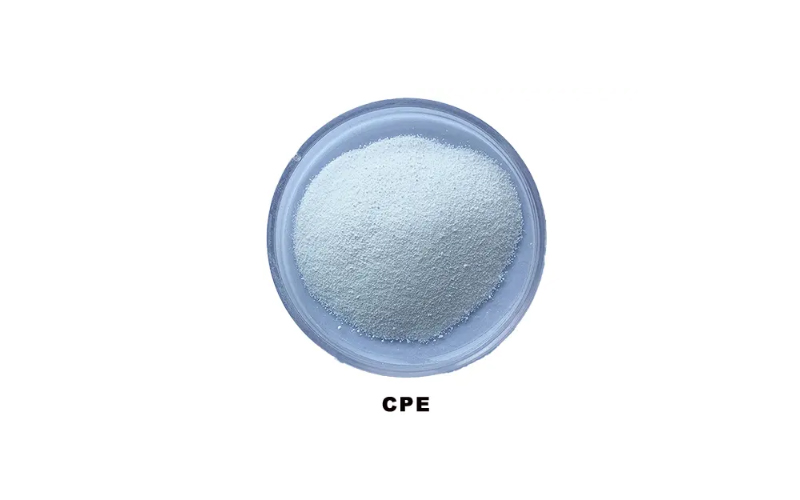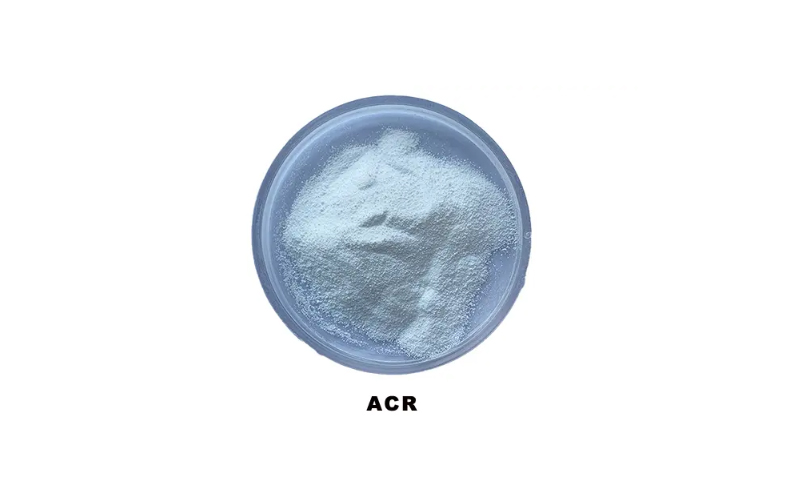In the world of polymer engineering, impact modifiers play a crucial role in enhancing the toughness and durability of plastic materials. Among the various types of impact modifiers, CPE impact modifier (Chlorinated Polyethylene) and acrylic impact modifier are two of the most commonly used. Here, we will explore the differences and applications of these impact modifiers, providing impact modifier examples to illustrate their use.
Impact modifiers are additives used in polymer formulations to improve the impact strength of plastics. They are essential in applications where the material is subjected to mechanical stress, such as in automotive parts, construction materials, and consumer goods. The choice of impact modifier can significantly influence the performance characteristics of the final product.
CPE impact modifier is a type of chlorinated polyethylene that is widely used to enhance the impact resistance of PVC (Polyvinyl Chloride) and other thermoplastics. CPE is known for its excellent weatherability, chemical resistance, and flexibility. It is particularly effective in applications where the material needs to withstand harsh environmental conditions.

Get CPE Impact Modifiers Quote
Weather Resistance: CPE impact modifier provides excellent resistance to UV radiation and ozone, making it ideal for outdoor applications.
Chemical Resistance: It offers good resistance to chemicals, oils, and solvents, which is beneficial in industrial applications.
Flexibility: CPE enhances the flexibility of the base polymer, making it suitable for applications requiring pliability.
Despite its advantages, CPE impact modifier has some limitations. It can be less effective at low temperatures and may not provide the same level of impact strength as other modifiers. Additionally, CPE can sometimes lead to processing challenges due to its high viscosity.
Acrylic impact modifier, i.e., ACR, is a type of impact modifier based on acrylic polymers. It is designed to improve the impact strength and toughness of various thermoplastics, including PVC, ABS (Acrylonitrile Butadiene Styrene), and PMMA (Polymethyl Methacrylate). Acrylic impact modifiers are known for their excellent performance across a wide range of temperatures and their ability to maintain clarity in transparent applications.

Get Acrylic Impact Modifier Quote
Superior Impact Strength: Acrylic impact modifier provides outstanding impact resistance, even at low temperatures. This makes it ideal for applications where the material is subjected to sudden impacts or mechanical stress.
Clarity and Transparency: Unlike some other impact modifiers, acrylic impact modifiers do not compromise the clarity of the base polymer. This is particularly important in applications where transparency is a key requirement, such as in packaging and optical products.
Thermal Stability: Acrylic impact modifiers offer excellent thermal stability, ensuring that the material retains its properties even at elevated temperatures.
Ease of Processing: These modifiers are easy to process and can be incorporated into polymer formulations without significant changes to the manufacturing process.
Due to their superior performance characteristics, acrylic impact modifiers are used in a wide range of applications:
Automotive Parts: Acrylic impact modifiers enhance the toughness and durability of automotive components, ensuring they can withstand mechanical stress and temperature variations.
Construction Materials: In the construction industry, these modifiers are used to improve the impact resistance of PVC pipes, siding, and window profiles.
Consumer Goods: Acrylic impact modifiers are used in the production of durable and impact-resistant consumer goods, such as toys, electronics, and household items.
Packaging: The clarity and toughness provided by acrylic impact modifiers make them ideal for packaging applications, where both transparency and durability are essential.
When comparing CPE impact modifier and acrylic impact modifier, several key differences emerge:
Impact Strength: While both modifiers improve impact resistance, acrylic impact modifier generally provides superior impact strength, especially at low temperatures.
Clarity: Acrylic impact modifiers maintain the clarity of the base polymer, making them suitable for transparent applications. In contrast, CPE impact modifiers may affect the transparency of the material.
Thermal Stability: Acrylic impact modifiers offer better thermal stability compared to CPE impact modifiers, ensuring consistent performance across a wider temperature range.
Weatherability: Both modifiers provide good weather resistance, but CPE impact modifiers are particularly known for their excellent resistance to UV radiation and ozone.
In summary, both CPE impact modifier and acrylic impact modifier have their unique advantages and are suitable for different applications. However, acrylic impact modifier stands out for its superior impact strength, clarity, thermal stability, and ease of processing. These characteristics make it a versatile and highly effective choice for enhancing the toughness and durability of various thermoplastics.
When selecting a PVC impact modifier for your application, it is essential to consider the specific performance requirements and environmental conditions the material will be subjected to. By understanding the differences between CPE impact modifier and acrylic impact modifier, you can make an informed decision that ensures the optimal performance of your polymer products.
